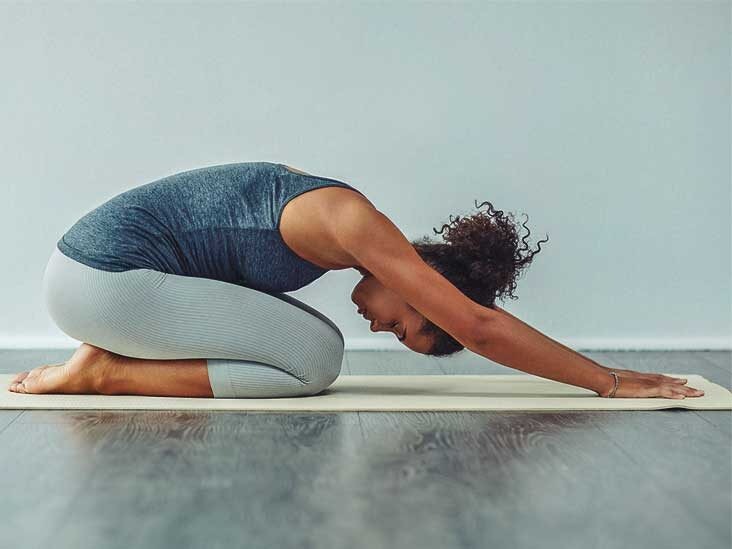5 Non Surgical Ways to Decrease Lower Back Pain
Lower back pain is extremely typical. Back pain may result from lifting, pushing, or pulling while twisting your spine at work. It can also occur if you spend the entire day at a desk job and do not sit up straight. Atherosclerosis, structural issues, and disk traumas are further factors. With the help of rest, physical therapy, and medicine, pain frequently gets better.
The best course of action for you will depend on your circumstances, including how long you've been hurting, how bad it is, its location, and whether it is structural or muscular. Treatments for lower back pain alleviation can range from simple to complex. Here are five approaches to combat this condition.
1. Put a pillow under your knees as you sleep
Your spine is compressed while you sleep on your back. This tension on your back when you sleep is slightly relieved by raising your legs. By putting a pillow under your knees, you may reduce that pressure in half.
2. Decrease stress
Long-term excessive stress can be bad for your health in many ways, including your back. Stress can alter your breathing patterns, which could lead to back pain and tightness. Consider making a few little changes to your lifestyle to lessen stress and lower the likelihood of experiencing discomfort connected to stress. Making time to unwind is essential, and eating healthier foods helps reduce stress. Spend quality time with your loved ones and yourself so that your spirit can withstand the difficulties of life. This can make your back healthier.
3. The transcutaneous electrical nerve stimulator (TENS)
It is a compact, battery-operated equipment that stimulates your nerves by sending low-voltage electrical currents through electrodes affixed to your skin. These devices are thought to be quite safe, and function by scrambling—actually blocking—the transmission of pain to the brain. TENS units have proven effective for many patients with back pain.
4. Treatments based on Injection
There are a variety of injection-based treatments available for persistent back pain, including nerve blocks, epidural steroid injections, nerve ablations, and more. They are utilized when the cause of the pain is understood and, if the treatment doesn't work, they may occasionally assist exclude particular causes. This is a helpful device for reducing inflammation, that`s why these shots are frequently prescribed to individuals who have significant joint pain, autoimmune illnesses, and other inflammatory problems. Cortisone is injected directly into the target tendon or joint that requires relief, similar to a PRP injection. Due to the risk of negative side effects, doctors will restrict the number of shots a patient receives because of how strong corticosteroids are.
If someone is severely in pain, they might not be able to wait for a PRP injection to take effect and instead choose the quicker solution.Although, cortisone injections are not meant to be long-term remedies and shouldn't be taken on their own.
5. Supplementary treatments
For relief from low back pain, there are various complementary therapy options. These consist of:
- acupuncture is a treatment that releases impassable energy by inserting sterilized needles as thin as human hair into specific body locations.
- spinal manipulation, in which chiropractors press against the body directly to adjust the spine
- massage therapy to ease sore muscles
- Yoga and tai chi are examples of movement therapies that can help stretch and strengthen back muscles.
The bottom line
Sure, there are more treatment options such as changing your matress or shoes, cold or heat therapies and so on. Its up to you, with what you will start. But if you still expierence severe pain, after trying some of listed methods you need to schedule the appointment in pain managment center.

Post a comment